Clinical Practice
Overview of roles within the practice, their career paths and role case studies
Back to hub homepage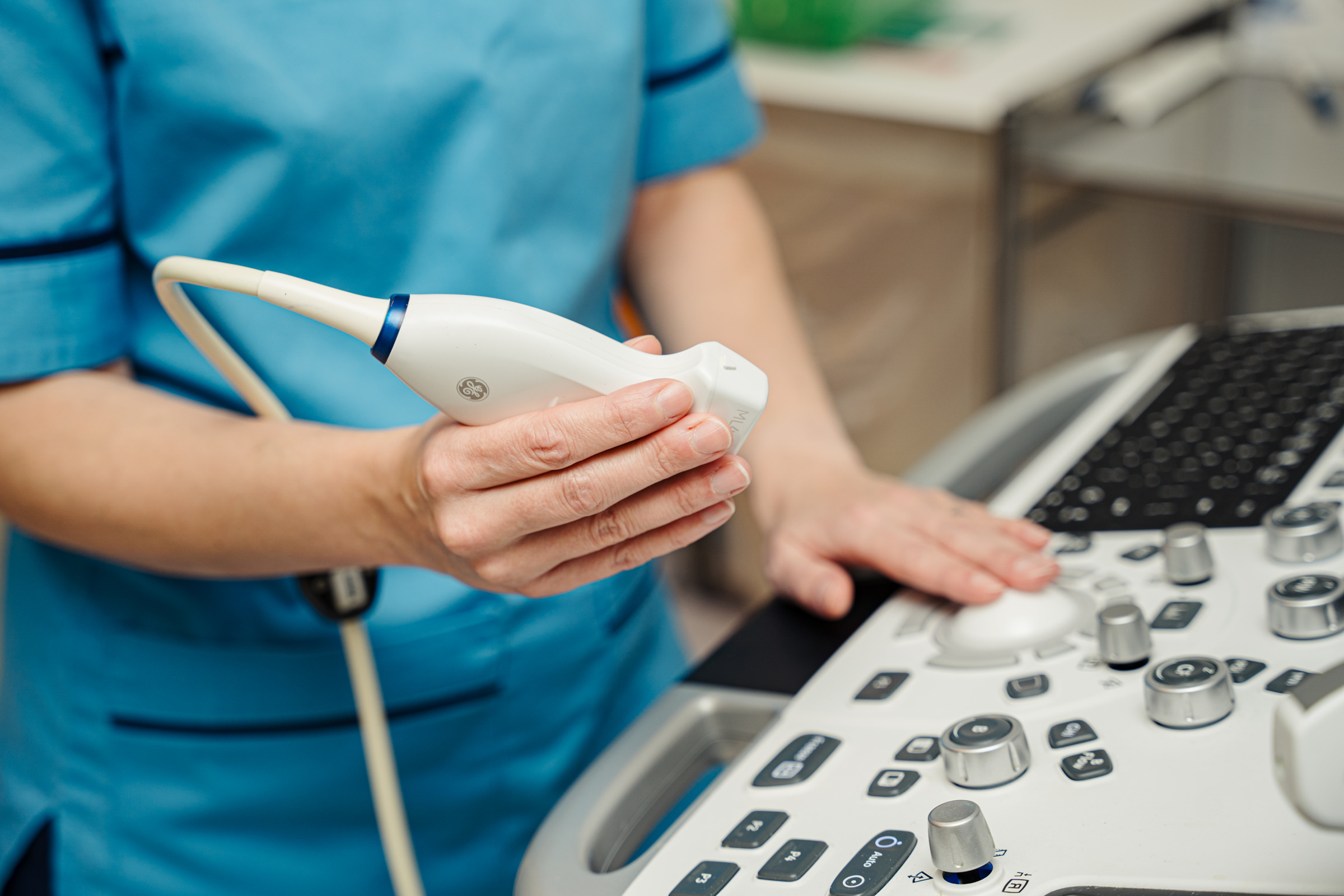

Overview of roles within the practice, their career paths and role case studies
Back to hub homepage

There are four main imaging roles:
They all play key roles in the provision of patient-centred imaging and radiotherapy services alongside Radiographers and associated professionals. They come into diagnostic imaging or radiotherapy services from diverse backgrounds.
Read the brief overviews below and click the buttons to be taken to their respective sections for more information on the role.
The radiography support workforce are important in the delivery of high-quality imaging and radiotherapy services.
The image on the right displays the current levels required to be qualified for each role within the workforce. You can click the image in order to zoom in and read the information clearly as well as download, if you wish to print or keep for your records.
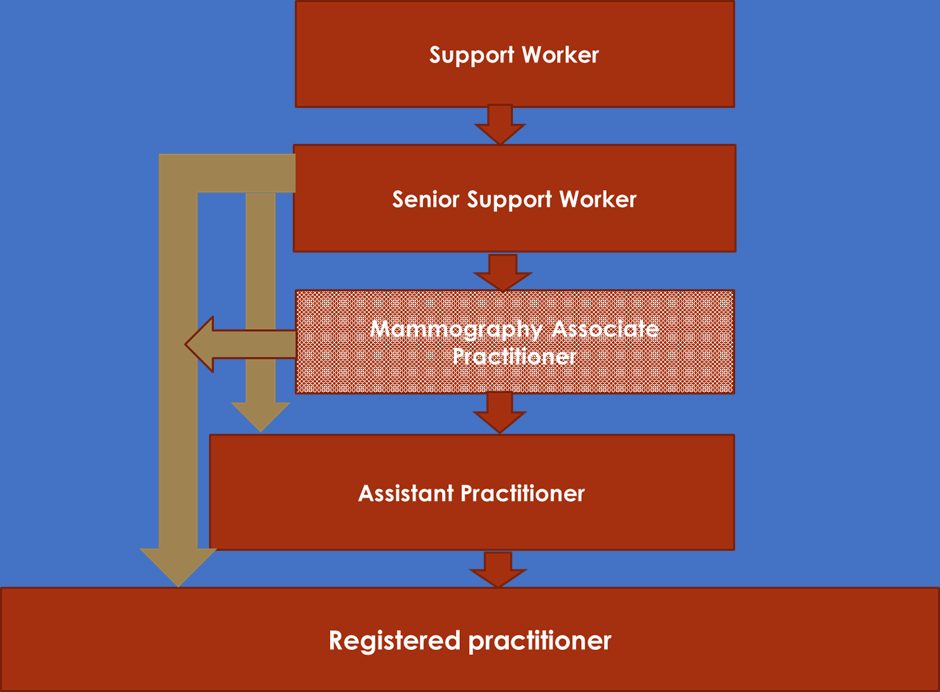 Recommended pathways for each role
Recommended pathways for each roleThis section outlines the recommended qualifications for AHP support workers, and the subsequent training and education they should be able to access once employed. This approach allows flexibility for those with existing qualifications and Grow Your Own approaches. Individuals who do not possess the recommended qualifications on recruitment should be supported to start an appropriate occupation specific qualification, such as an apprenticeship, within 6 months of starting in post.
Role | Entry-level education requirements | Training and education once in post |
|---|---|---|
Clinical support worker | Level 2 - 5 GCSEs (grades 9-4 or A*- C) - Functional skills - Level 2 apprenticeship |
|
| Senior clinical support worker | Level 3 -3 A-Levels - Health and Science T-Level - Equivalent lvl.3 qualification and lvl. 2 Functional Skills - Senior Healthcare Support Worker apprenticeship |
|
| Mammography associate | Level 4 mammography associate programme [equivalent to Certificate of Higher Education] |
|
| Assistant practitioner | Level 5 - Foundation degree Health and Social Care - Equivalent lvl.5 qualification and A-Levels, GCSEs or equivalent. - Level 5 Apprenticeship such as AP Apprenticeship |
|
If you're unsure what the information above means or if you live outside of the UK and would like to find out the information relevant to you, then please refer to the information below. We have gathered some links below that provide more detailed information on each of the requirements above as well as provide alternative equivalent qualifications for those outside of the UK
What qualification levels mean | Gov.uk
AHP support workforce resources | HEE.nhs.uk
Frameworks for locations outside of the UK
Compare qualifications in Scotland with the Scottish Credit and Qualification Framework| SCQF.org.uk
Compare national qualifications frameworks across Europe | Europass.europa.eu
Credit and Qualifications Framework for Wales (CQFW), regulated by Qualifications Wales
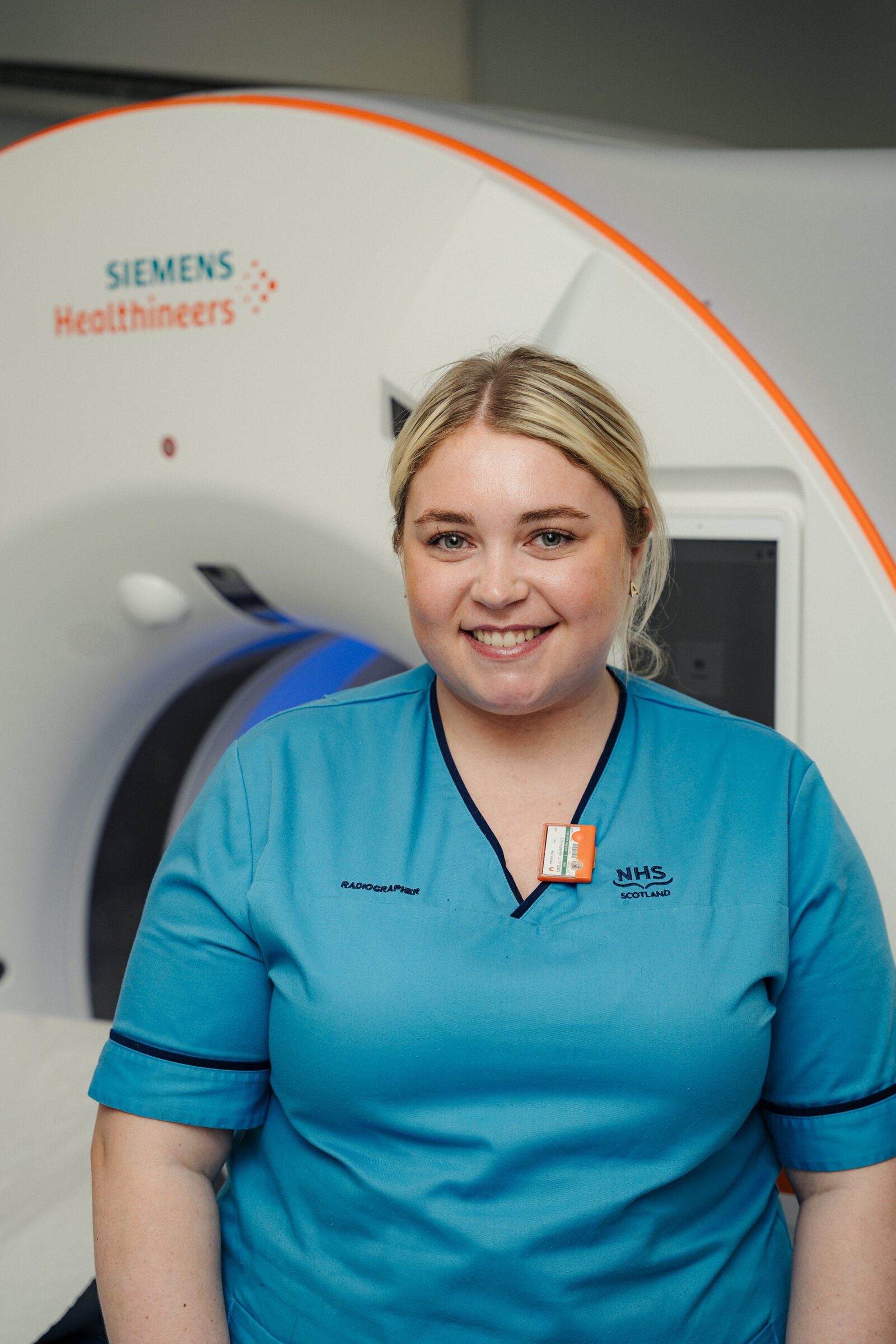
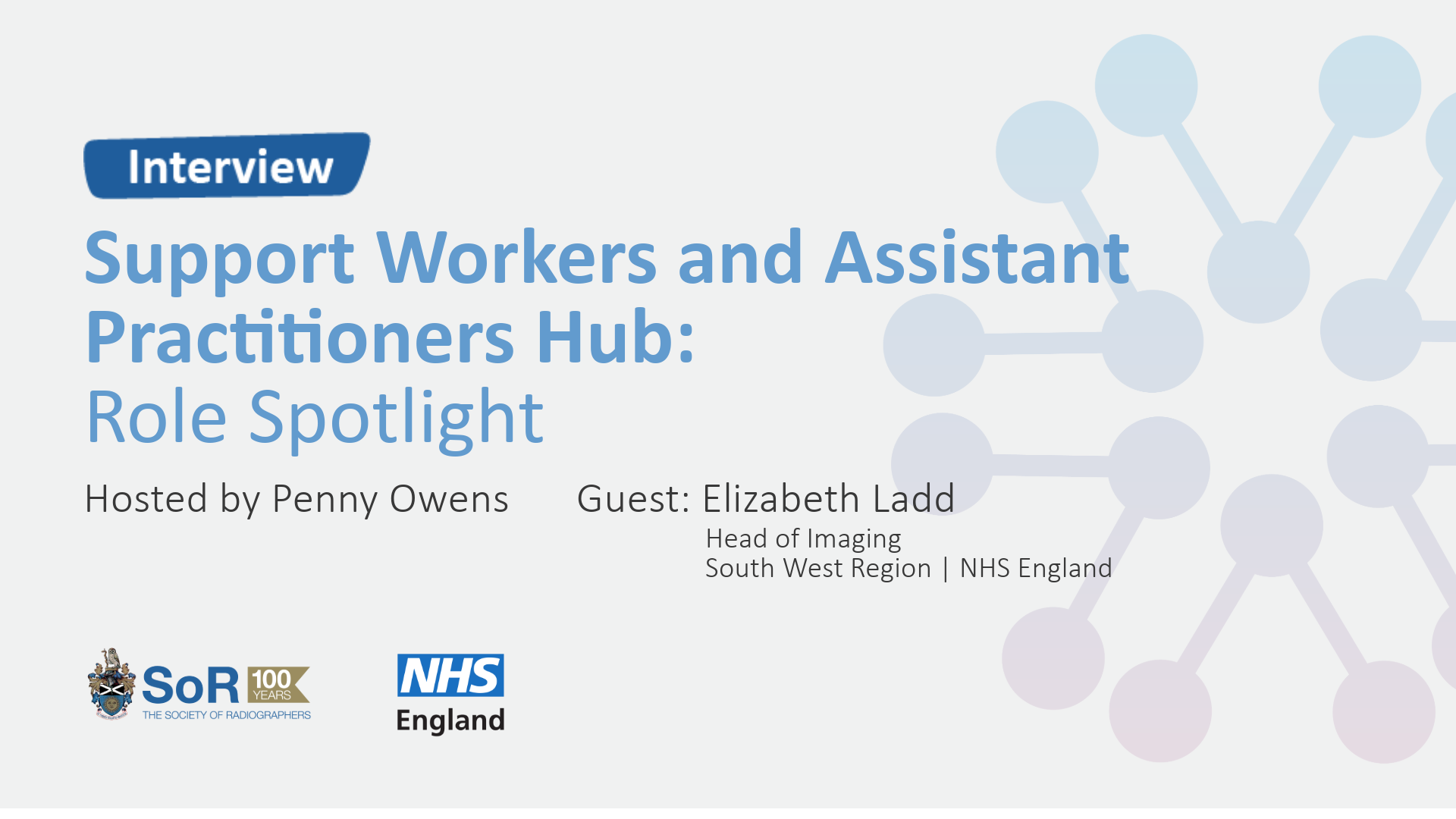
Liz Ladd
Head of Imaging
South West Region | NHS England
Created by Health Education England (HEE) this AHP Support Worker Competency, Education and Career Development Framework is here to help maximise the contribution of the AHP support workforce to delivering safe and effective care.
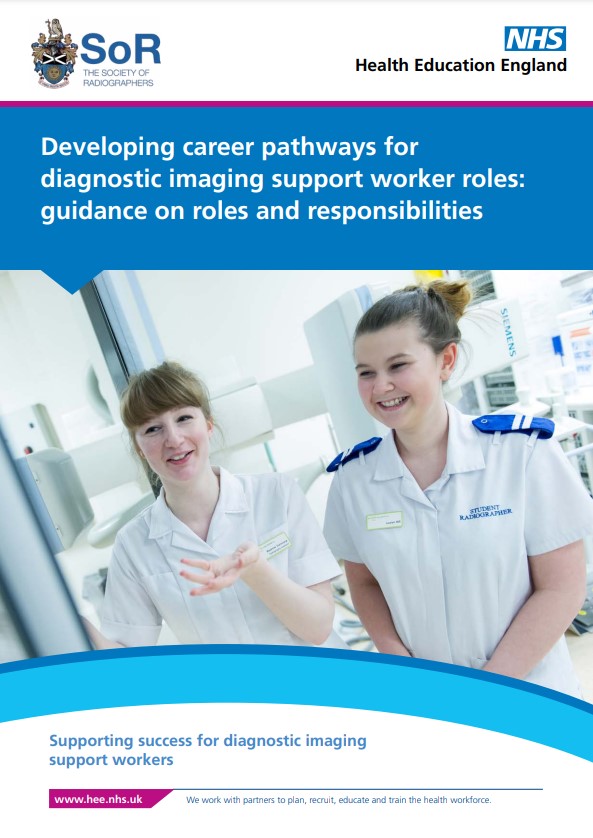
More detail on roles and responsibilities in clinical imaging are defined in the 2022 joint guidance produced by the Society of Radiographers (SoR) and Health Education England (HEE).

Here you'll find documents relevant to each of the following sections; Governance, Recruitment & Retention, Education & Training and Roles & Responsibilities
Learn more